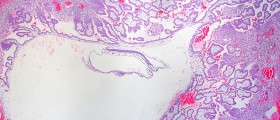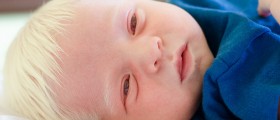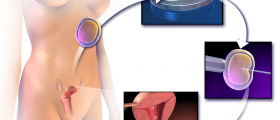
The pregnancy rates for women under the age of 30 were approximately 82%, for women 40 years of age or younger the rates range between 38-41%. When doctors did a reversal of a ring or clip procedure, women had the highest rate at 76%, followed with resection at 69% and coagulation at 68%. Women that used other methods of tubal ligation had the lowest pregnancy rate at 56%, but the odds can also increase when reproduction assistance is used when attempting to conceive a baby. By taking into account both the woman's age and tubal ligation method used, the highest rate of pregnancy were reported by women under the age of 30 who had undergone a ring or clip method. The chances of pregnancy after tubal reversal surgery will depend more on the age of the woman than the tubal ligation method used however.
There are also many other factors which can determine if pregnancy after tubal ligation is even possible, these are things that must be discussed with a fertility specialist. The length of fallopian tubes leftover after a ligation is also an important determinant of how successful a reversal procedure will be. Women with a longer fallopian tube have a greater chance of becoming pregnant than a woman with shorter ones. Women with longer tubes had an 80% of getting pregnant after a tubal reversal, but even women with one fallopian tube have been able to become pregnant without incident. All of the research has concluded that even after tubal ligation, with reversal surgery the odds are dramatically increased and a woman can go on to become pregnant at some point in the future.











_f_280x120.jpg)



Your thoughts on this
Loading...